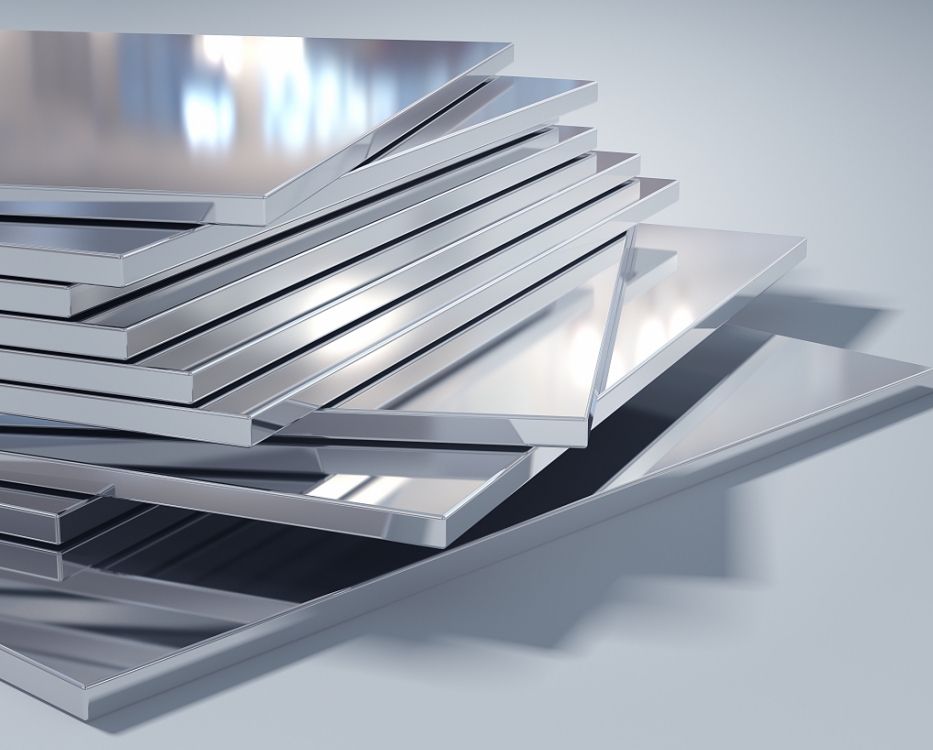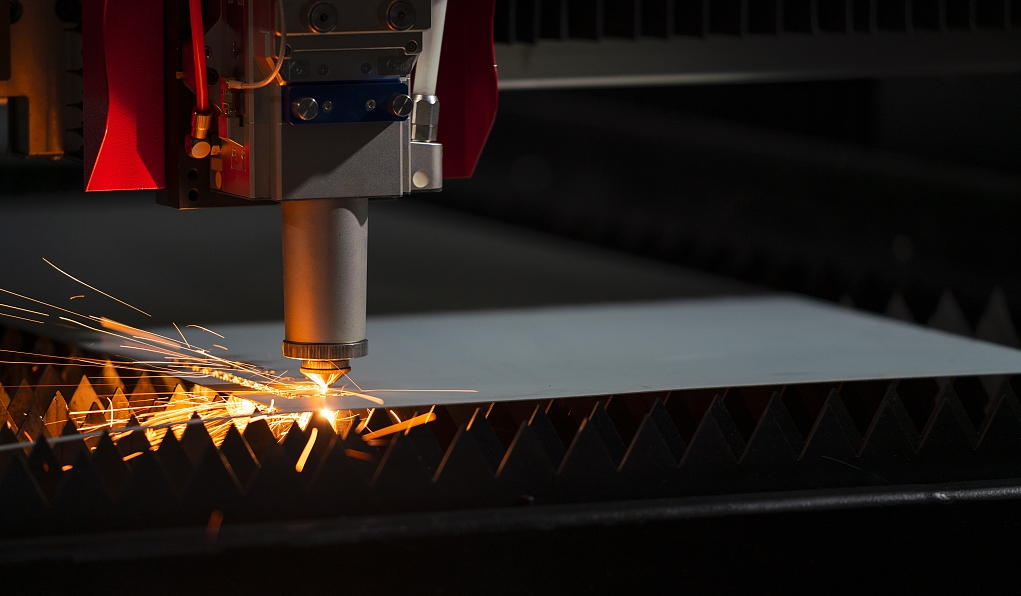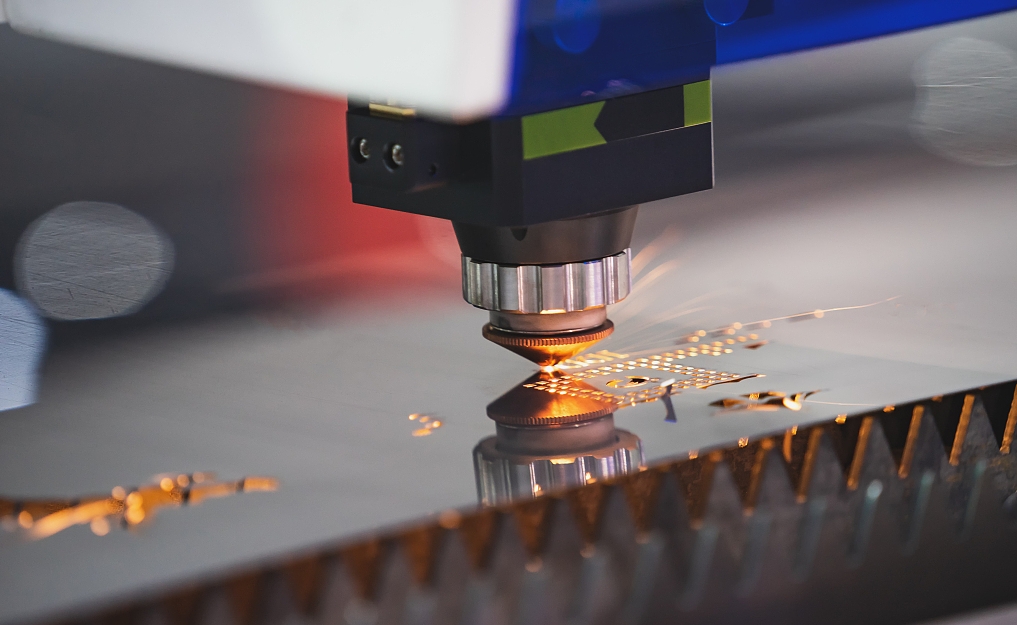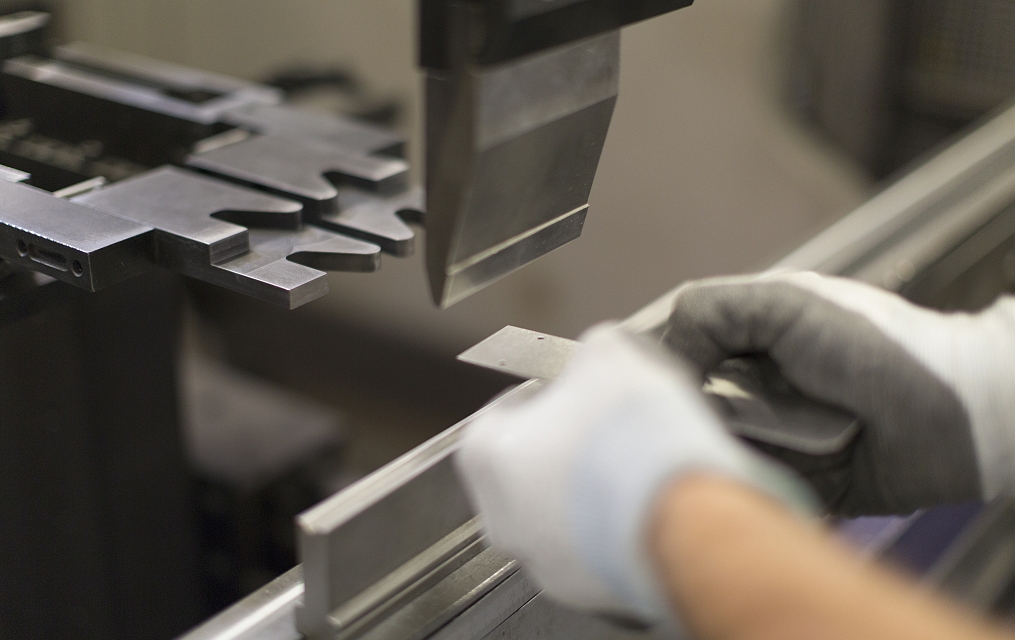Metal stamping encompasses a wide range of processes utilized to form sheet metal stock. While the field involves diverse techniques, metalworking is often oversimplified as a singular function. However, stamping can be categorized into two primary types: cutting and shaping. Within these 2 subclasses exist 9 distinct methods that constitute metal stamping operations overall.
1. Shearing – As the name implies, shearing involves slicing metal sheets along straight or curved lines. This manufacturing technique is employed to cut sheet metal into application-specific configurations, commonly using shears.
2. Punching – Punching refers to creating holes in metal using specialized tools called punches. Most typically, punches cut circular or square openings. Punching is also well-suited for applying edges or borders to paper goods.
3. Drilling – Also termed punching, drilling involves boring holes in metal using a dedicated tool called a press. Unless a press is utilized to bore into the sheet, it is not considered drilling.
4. Notching – This process removes rectangular sections from larger metal sheets. Notches occur along sheet edges to attach metal to other objects. Notching is conducted via notching machines or shears.
5. Blanking – Blanking eliminates specific shapes from larger metal stock. There are two blanking varieties: rotary shearing cuts at an angle like 30 degrees each pass, while tangential shearing cuts gear-shaped pieces each pass with 30-degree sheet rotations in between.
6. Trimming and Fine Blanking – Trimming allows manufacturers to remove unwanted metal areas. Excess metal is destroyed via presses.
7. Punching – Punching involves cutting sheets with pre-existing holes. As it combines cutting and punching, punching differs from drilling only in hole coverage.
8. Slitting – Slitting cuts slots in metal sheets to enable functions. Also termed slitting, the machines used are called slitting shears. The process includes notching steel sheets and removing excess metal with chisels.
9. Bending – Bending forms metal sheet stock by shaping it for easier integration into various products. Bending works sheet edges to create 90-degree bends, Ts, or thinning edges at intersections for narrower bends.
In conclusion, metal stamping comprises a vital part of the metals manufacturing industry. While appearing simple, this work holds great importance in manufacturing. Any stamping process performed on sheet stock is but a small part of broader fabrication workflows. Each operation stands alone as a discrete service combining to form larger processes. Thus, carefully understanding customer needs ensures success in the stamping field.
Post time: Dec-04-2023









